A trip to Darasbari mosque in Chapai Nawabganj
Rajshahi is well known for the various remains of ancient and medieval structures, remnants of a glorious past, dotted all across the region. Darasbari, a beautiful, haunting complex made of red terracotta bricks, is one of those places not often mentioned or even commonly known about except to the locals of the area.
A short distance away from the more famous Choto Shona Mosque, Darasbari is located in Shahbazpur in Chapai Nawabganj. Driving further west, past Choto Shona Mosque, an unassuming small signboard marks the spot of Darasbari on the left-hand side of the road. A short walk through a serene mango orchard full of tall majestic fruit trees standing in organsied rows, will open up to a huge man-made water tank to the right, and the old and worn red bricked boundary wall of what used to be the Darasbari teaching complex.
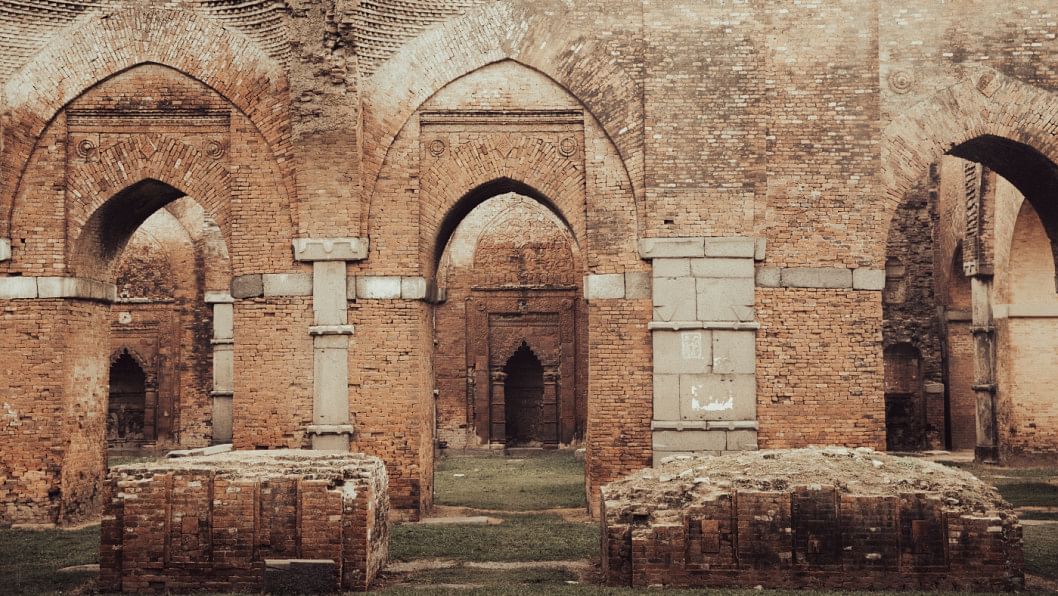
The complex was built in 1504. The square structure has remains of 40 large rooms, and is very reminiscent of Buddhist viharas with a central courtyard, and exemplifies a fine blending of Buddhist and Sultanate architecture.
Further into the orchard, keeping the water tank to the right, another short walk leads to the Darasbari Mosque. It is thought that Darasbari is a mutated version of 'Dars-bari,' or the house of teaching, as 'dars' is the traditional name for religious lessons in Islam in this region, and relates to the ruined educational complex nearby.
The mosque was constructed in 1479 AD by Shamsuddin Yusuf Shah of the Ilias Shahi dynasty, and is a great example of the architecture of Bengal Sultanate. While the roof and much of the walls are no longer there, due to the extensive damages caused by an earthquake in 1897, the layout of the building is grand in itself, and an imaginative visitor can enjoy the ambience and dive into what would have been a regular day for the people who lived here.
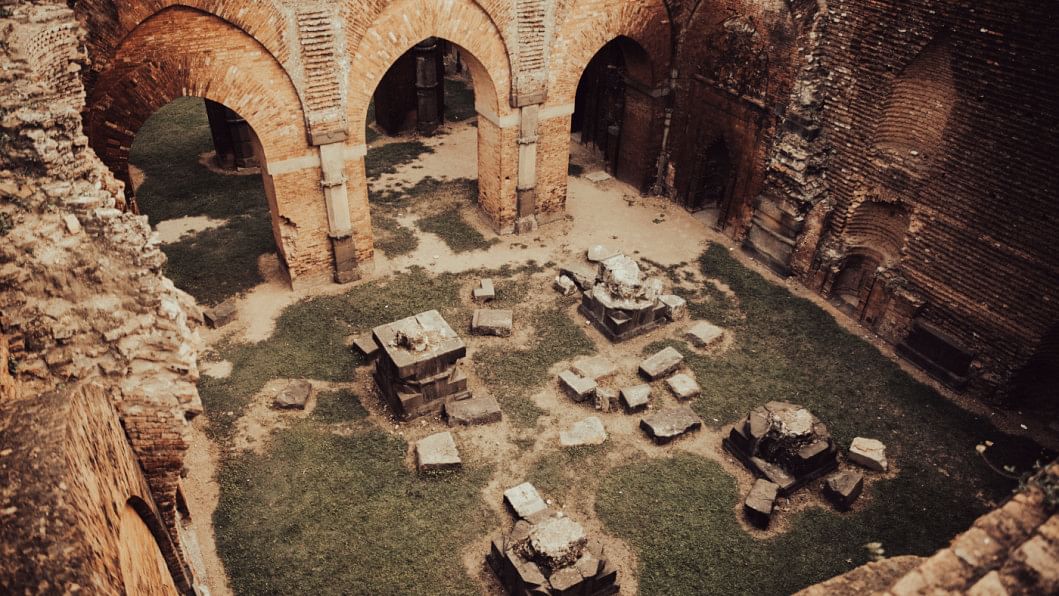
Built by the same Sultan, the mosque retains much of its regal glory, although the roof here has also collapsed long ago. The northwest corner of the mosque features a separate upper gallery, accessible only by a flight of stairs from outside. Some historians believe this was meant for the ladies, while others feel that it was the royal gallery, and the entrance was probably protected by guards.
The lower portion of the mosque has three sections, separated by majestic pointed-arched doorways, and prayer hall also numerous pointed arched entrances. The mosque structure is oblong, built of red terracotta bricks, but with stone pillars. There used to be 24 domes on the Chouchala roof, which are no longer there, just as the veranda, which also collapsed.
Each lower-level hall has three mihrabs, a large central one, and two smaller ones on each side, each intricately ornate. The walls feature intricately patterned terracotta plaques, many of them glazed, and featuring nature-inspired motifs like flowers, leaves, and creepers. The grounds of the mosque are very green and serene, away from the hustle and bustle, and offering a prayer here can feel very tranquil.
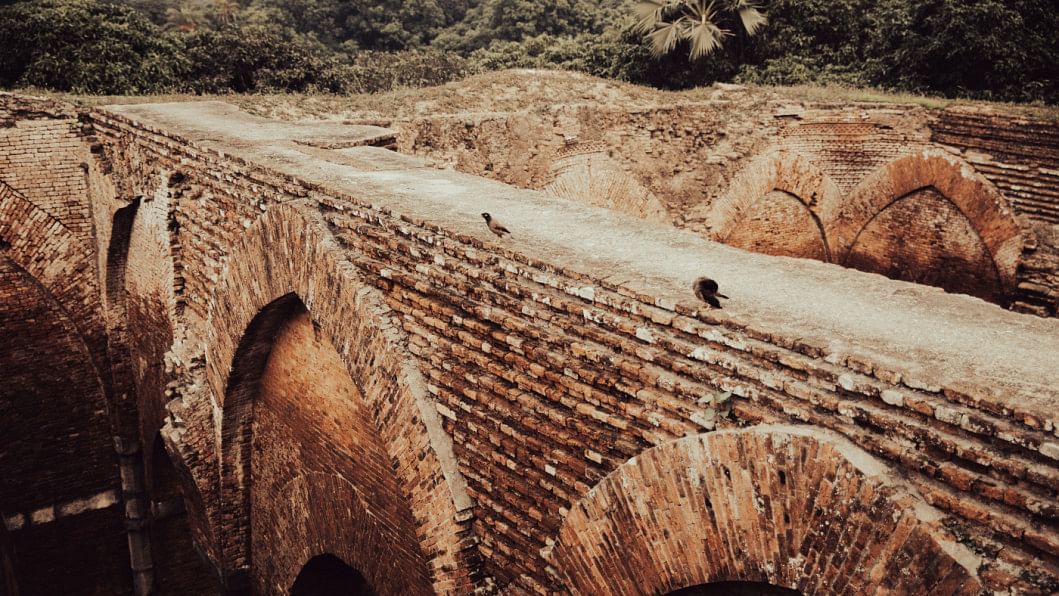
As summer wanes, it is the perfect time to chalk visit plans, which could be otherwise a bit too uncomfortable for the heat. It is an ideal spot to visit in the evening, rich in heritage and food for thought, while a gentle breeze cooled by the lake comforts weary travellers.
Visitors can also take a local bus, which make frequent stops nearby, or avail the local tour guide services and ask to include Darasbari with Choto Shona mosque in the same package. A local bus to Kansat from Rajshahi, and then smaller local vehicles will also take you to the spot quite easily. It is better to stay in Rajshahi and visit the area, as there are not many comfortable places offering lodging nearby.

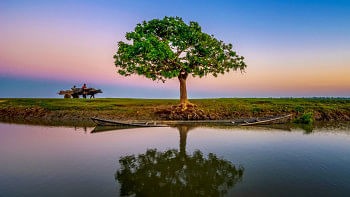
 For all latest news, follow The Daily Star's Google News channel.
For all latest news, follow The Daily Star's Google News channel. 

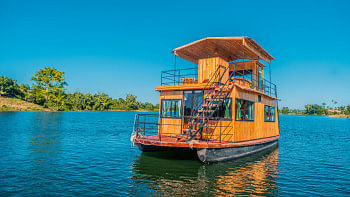


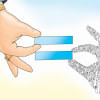


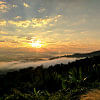


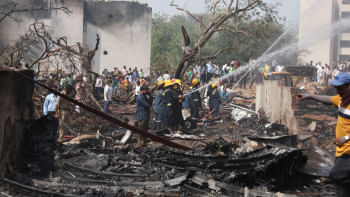
Comments